JM orangeola placement zone 5B/6
NWalton (Zone 6a)
6 years ago
Featured Answer
Sort by:Oldest
Comments (24)
gardengal48 (PNW Z8/9)
6 years agoNWalton (Zone 6a)
6 years agolast modified: 6 years agoRelated Discussions
JM's in zone 5A bordering on 5B
Comments (2)In terms of air temperature we are in comparable zones, but the usually greater atmospheric moisture in this coastal location probably helps. The varieties which survived the Jan/Feb 04 conditions of no snow cover, high winds, lows to -15 and record low humidity: Bloodgood, Baldsmith, Orangeola, Waterfall, shirasawanum aureum, Oridono Nishiki, and Inaba Shidari. The real enemy in winter is wind. I think burlap or some other form of screening would probably be more effective than anti-dessicant. A certain amount of dieback seems inevitable when the trees are young. The idea that they will die after three years makes no sense to me as I have found found them to look better each spring as they gain maturity....See MoreZone 5 JMs
Comments (6)I was going to take some photos to post here, but did not have the time since I went to pick up a tree (needing to get it back to plant). I want to go back and document the exact thing you are talking about. According to the nurseryman there they have been growing all sorts of "exotic" cultivars and this place was filled with 'em. I didn't see everything there is to see. There were too many. The tags show the date they were planted, and when they're sold they're balled and burlaped. This has one advantage in that they're acclimated to the zone. The trees are much like us. They need to adapt to the climate when going from one zone to another....See MoreClip for Zone Hardiness for Trees
Comments (1)**Bump Down**...See MoreDwarf JM Recommendation for Full Sun?
Comments (4)I have more than a few in full sun, after my shade tree came down in a tornado. Kamagata, Red Pygmy, Brocade are another few. Old reliable Red Dragon, Garnet, Chantilly Lace, Burgundy Lace, Okigama, Kinran, etc. I'm not thinking of size at the moment, just what I have in full sun. Got lots more, but they're escaping me at the moment. The real reason I wanted to write, is that I've gone through the same trouble with totally conflicting information. (Hellebores and Physocarpus, too.) What I do is look for a known JM nursery that handles trees in my area/zone. I'm in 7b, but with the microclimate NCPC says I'm in, I get markedly less rain than my neighbors just down the road. Constant watering is done on a timer, just before dawn so it'll dry before the sun burns the leaves. But I think winter protection would be more of an issue for you. That said, I haven't used nurseries in my actual area, but looked elsewhere with similar, more southern, drier climes. Cleveland would be tough, given it's so much further north, but start asking around. I haven't found them to be a good resource for me, but look for your local Bonsai Association or club, whatever they are, can usually help with decent nurseries. I hope this wandering post helps....See Moregardengal48 (PNW Z8/9)
6 years agolast modified: 6 years agojalcon
6 years agoNWalton (Zone 6a)
6 years agojalcon
6 years agolast modified: 6 years agojdo053103
6 years agomagpiepix 5b/6a
6 years agogardengal48 (PNW Z8/9)
6 years agomagpiepix 5b/6a
6 years agotsugajunkie z5 SE WI ♱
6 years agogardengal48 (PNW Z8/9)
6 years agolast modified: 6 years agomagpiepix 5b/6a
6 years agomagpiepix 5b/6a
6 years agolast modified: 6 years agoctgardenguy (Zone 6)
6 years agoNWalton (Zone 6a)
6 years agostuartlawrence (7b L.I. NY)
6 years agololauren
6 years agolast modified: 6 years agoMike
6 years agoNWalton (Zone 6a)
6 years agogardengal48 (PNW Z8/9)
6 years agojalcon
6 years agostuartlawrence (7b L.I. NY)
6 years ago
Related Stories

MOST POPULARKitchen Evolution: Work Zones Replace the Triangle
Want maximum efficiency in your kitchen? Consider forgoing the old-fashioned triangle in favor of task-specific zones
Full Story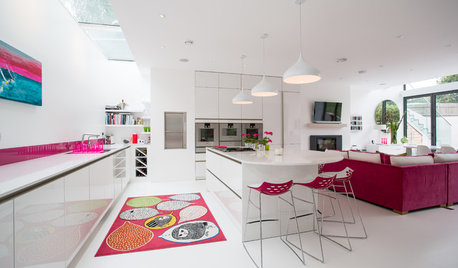
KITCHEN WORKBOOKNew Ways to Plan Your Kitchen’s Work Zones
The classic work triangle of range, fridge and sink is the best layout for kitchens, right? Not necessarily
Full Story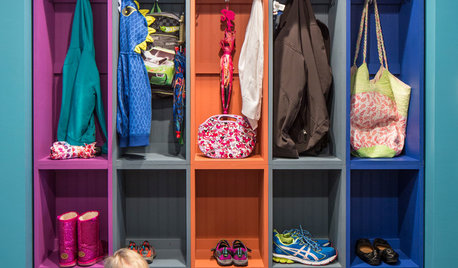
ENTRYWAYSTransition Zone: How to Create a Mudroom
Save your sanity by planning a well-organized area that draws the line between inside and out
Full Story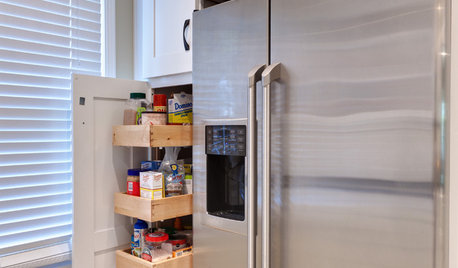
KITCHEN STORAGEPantry Placement: How to Find the Sweet Spot for Food Storage
Maybe it's a walk-in. Maybe it's cabinets flanking the fridge. We help you figure out the best kitchen pantry type and location for you
Full Story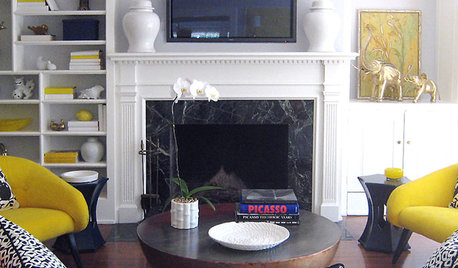
MORE ROOMS5 Ways to Decorate Around a Flat-Screen TV
Color, Placement and Accessories Help that Big Black Screen Blend In
Full Story
BEFORE AND AFTERSSee 6 Yards Transformed by Losing Their Lawns
Wondering whether a turf lawn is the best use of your outdoor space? These homeowners did, and they found creative alternatives
Full Story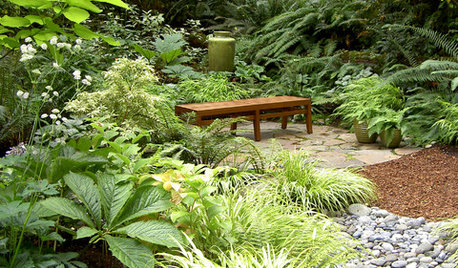
GARDENING GUIDESGreat Garden Combo: 6 Beautiful Plants for a Shady, Wet Site
Transform a shade garden with moisture-loving golden grasses, textural leaves and a sprinkling of flowers
Full Story
FALL GARDENING6 Trees You'll Fall For
Don’t put down that spade! Autumn is the perfect time for planting these trees
Full Story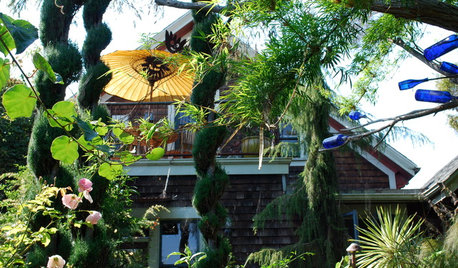
PLANTING IDEASDesigning With Conifers: How to Unite Your Landscape
Create a landscape full of intrigue and artistry with the right placement of conifers and their supporting players
Full Story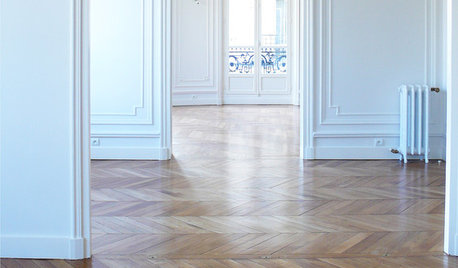
DECORATING GUIDESDesign Solutions for 11 Tricky Spaces
Creative furniture placement, smart storage and sleight of hand turn your home's problem areas into stylish places to enjoy
Full StorySponsored
Zanesville's Most Skilled & Knowledgeable Home Improvement Specialists



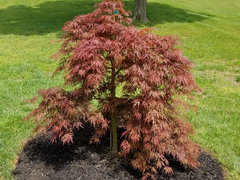
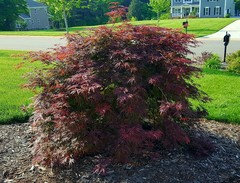
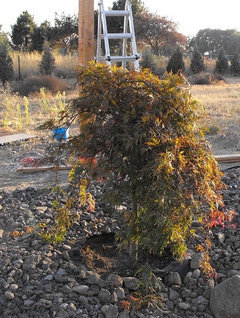
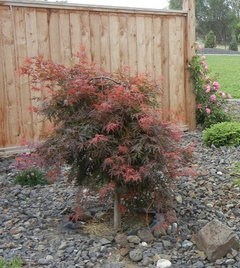
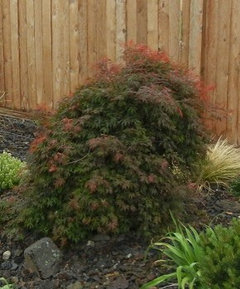
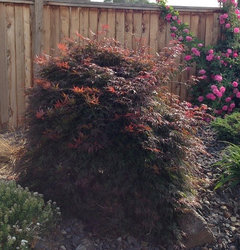
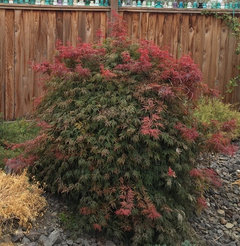
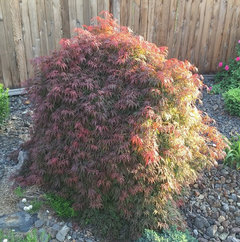
magpiepix 5b/6a